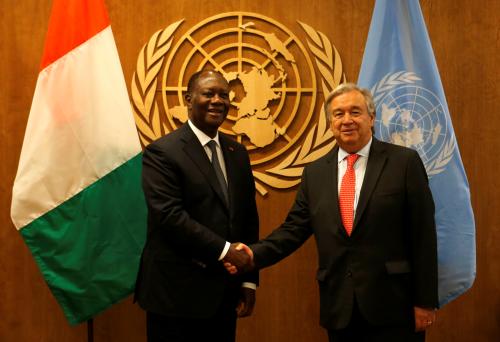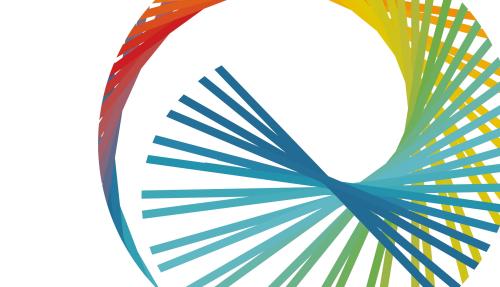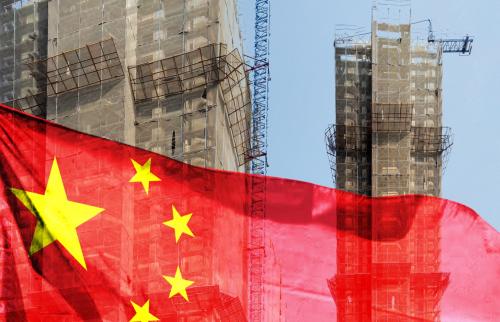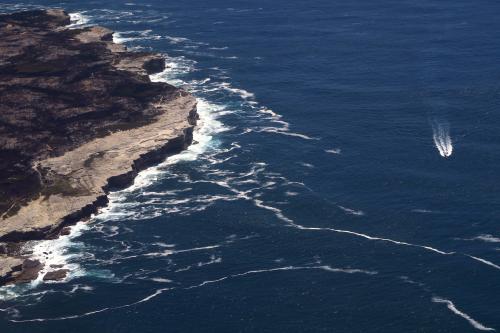DRC considers a tax rate hike on cobalt exports as mining company raises $4.7 million for Tanzania graphite project
The Democratic Republic of the Congo (DRC) is looking to significantly increase the tax rate on base metals from 2 to 3.5 percent. Under new legislation, which is currently being reviewed by parliament, cobalt would be classified as a “strategic substance” and would be taxed at a higher rate of 5 percent. Cobalt is increasingly used in batteries metals for electric vehicles produced by companies such as Tesla Inc. Its price has more than doubled in the past 2 years. The DRC supplies two-thirds of global cobalt output, and the potential tax rate hike is severely opposed by the mining industry, as it may deter future investments. The government replied to the criticism by stating that the new rate is in fact lower than that of neighboring Zambia and is essential to boosting public revenues. The new legislation passed the national assembly in December is presently being debated in the Senate.
In other mining news, this week, Australian Stock Exchange listed company Volt Resources Ltd. announced that they successfully levied $4.7 million to support the Bunyu Graphite Project in Tanzania. The funds will go toward supporting the first stage of the project, which is set to process 400,000 tons per year (t/y) of ore and produce 20,000 t/y of graphite products, starting in late 2018 or early 2019. In December, Volt announced that they would be proceeding with a $30 million bond issue on the Dar es Salaam stock market. The issue, set to take place in February, has a seven-year maturity and hopes to attract participation from the Tanzanian and Ugandan pension funds. Tanzania, alongside Mozambique, is home to Africa’s largest deposits of graphite, for which the demand has been increasing due to its variety of uses including fire repellent in building materials, pencils, and electric car batteries, among others.
Cholera cases rise in Zambia and DRC
On Sunday, January 7, the Zambian government declared a seven-day curfew—running from 6 pm to 6 am local time—in Kanyama, a township in the capital Lusaka, to contain the ongoing outbreak of cholera. More than 60 people have died since September 2017 from the current outbreak. According to Health Minister Chitalu Chilufya, “Kanyama has recorded the highest number of fatalities because of the poor compliance with interventions that have been put in place.” The health ministry is also starting a program to vaccinate 1 million people in Lusaka, which has become the epicenter of the outbreak. Due to the outbreak, this week the Namibian government announced a ban on food imports from Zambia. The ban will include perishable food, fruits, unprocessed foods, and water. Health officials in Namibia are taking precautionary measures including screening individuals entering the country from Zambia.
In other health news, government and health officials in the DRC have raised concerns this week about the ongoing cholera outbreak in that country, which has reached the capital Kinshasa and is spreading quickly. The current outbreak, which started in July, has killed at least 1,190 people according to the World Health Organization. A government official told Reuters that their “main concern now is for the capital Kinshasa, a city of 12 million people with poor sanitation and lack of access to drinking water.”
World Bank launches 2018 Global Economic Prospects report, highlighting trends in potential growth
The World Bank launched its Global Economic Prospects report this week, which suggests that global economic growth will continue to climb steadily in the near term, rising from 3 percent in 2017 to 3.1 percent in 2018, as financing conditions, confidence, investment, and trade improve, and the effects of the commodity price slump dissipate. In sub-Saharan Africa, growth is projected to be 3.2 percent in 2018 and an average of 3.6 percent in 2019-20, rebounding from 1.3 percent in 2016 and 2.4 percent in 2017. This upturn is owing to a recovery in commodity prices, favorable financing conditions, and a rise in household demand due to slowing inflation. Still, the region experienced negative per capita income growth in 2016 and 2017 as well as a decline in productivity growth. While per capita income growth will be positive in 2018, it will not be fast enough to reduce poverty in the region, according to the report.
The report further assessed the growth in potential output—defined as “the level of output an economy would sustain at full capacity utilization and full employment”—of the years ahead. According to the analysis, potential growth is slowing globally and in emerging market and developing economies and will remain low in the years ahead unless countries engage in structural reforms. In sub-Saharan Africa, potential growth is expected to weaken in conjunction with decelerating labor force growth and diminishing capital accumulation. To avoid this slowdown in the region, the World Bank recommends that countries implement structural reforms, including investments in human capital—particularly to reform health and education systems—and initiatives to boost labor force participation among women.
For more information on potential growth in sub-Saharan Africa, please see the World Bank’s January 2018 report: Global Economic Prospects: Broad-Based Upturn, but for How Long?.
Foresight Africa 2018 launches
This week, the Brookings Africa Growth Initiative published its Foresight Africa 2018 report, which explores six major themes that highlight areas in which African countries and their citizens are taking the lead to achieve inclusive growth. From the institutions, partnerships, policies, and technologies required to spur economic and human development, to the future of African leadership, the report covers the top priorities for the continent in the coming year.
As always, we welcome our Africa in focus readers to join in the conversation on Africa’s top priorities in 2018. To read the Foresight Africa 2018 report on the Brookings website, please visit the online report page. If you are interested in joining us for Foresight Africa 2018’s public launch event, please click here to RSVP to attend or watch the live webcast. You can also engage with us on twitter using the hashtag #ForesightAfrica. We look forward to continuing this important conversation with you.
The Brookings Institution is committed to quality, independence, and impact.
We are supported by a diverse array of funders. In line with our values and policies, each Brookings publication represents the sole views of its author(s).






Commentary
Africa in the news: Mining initiatives in DRC and Tanzania, cholera in Zambia and DRC, World Bank Global Economic Prospects report, and Foresight Africa 2018 launches
January 12, 2018